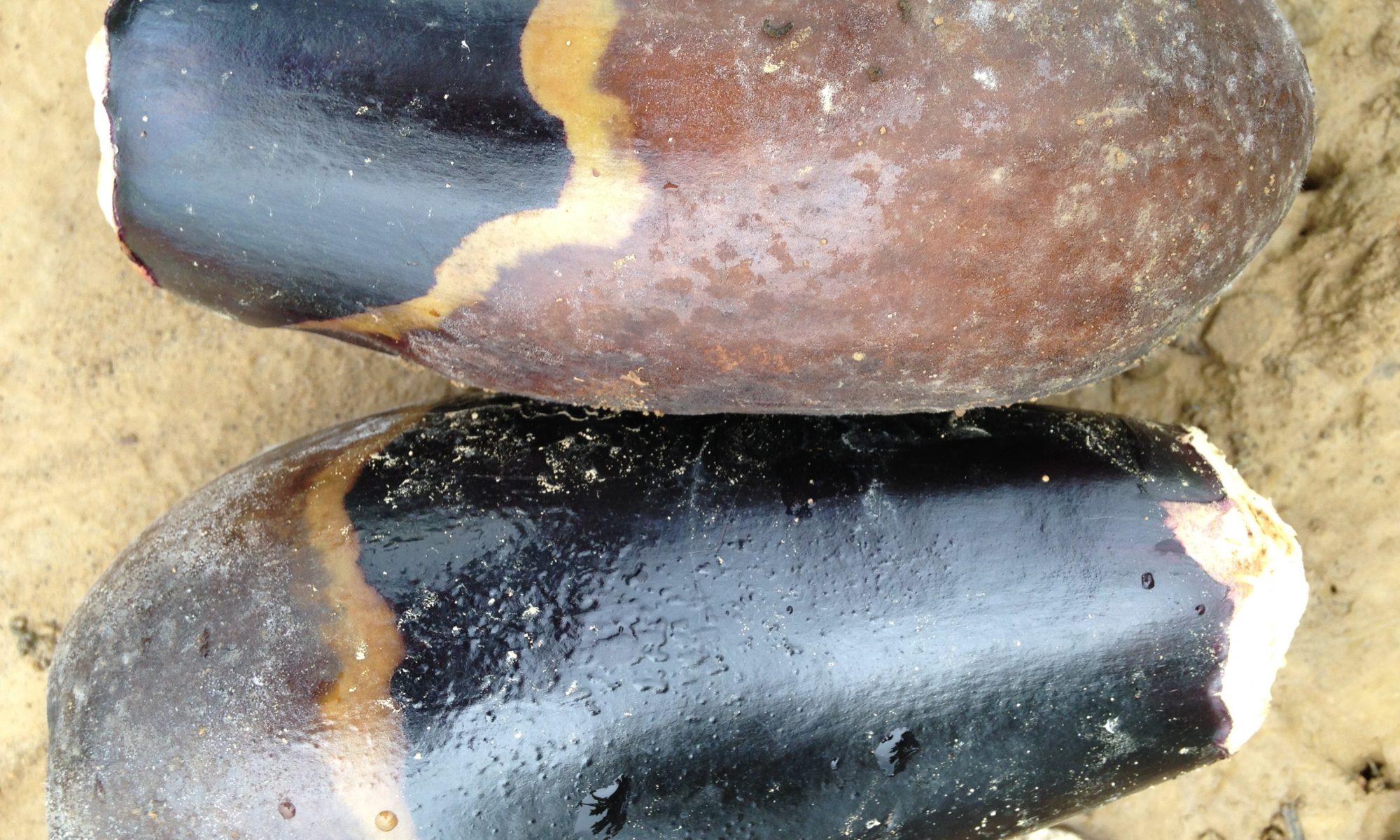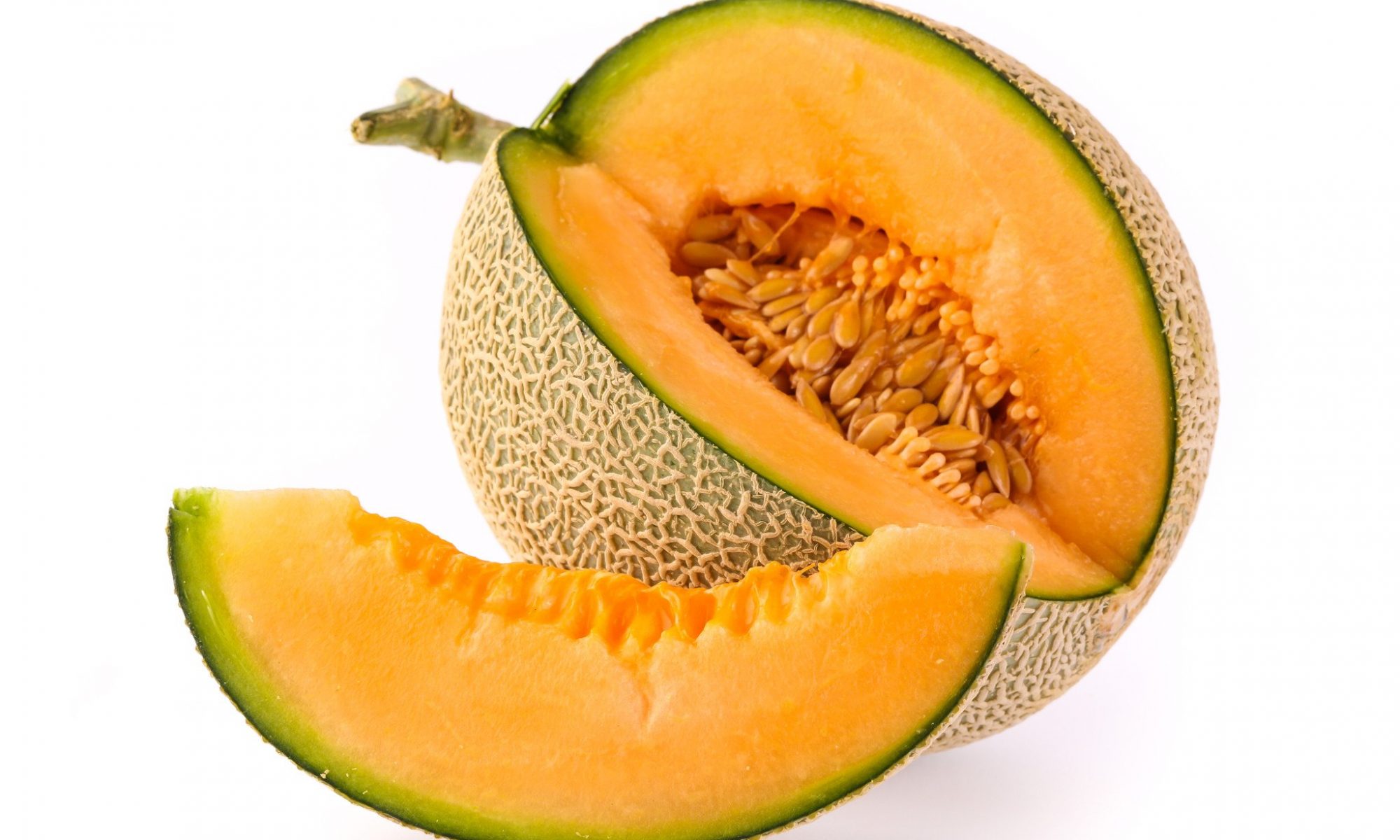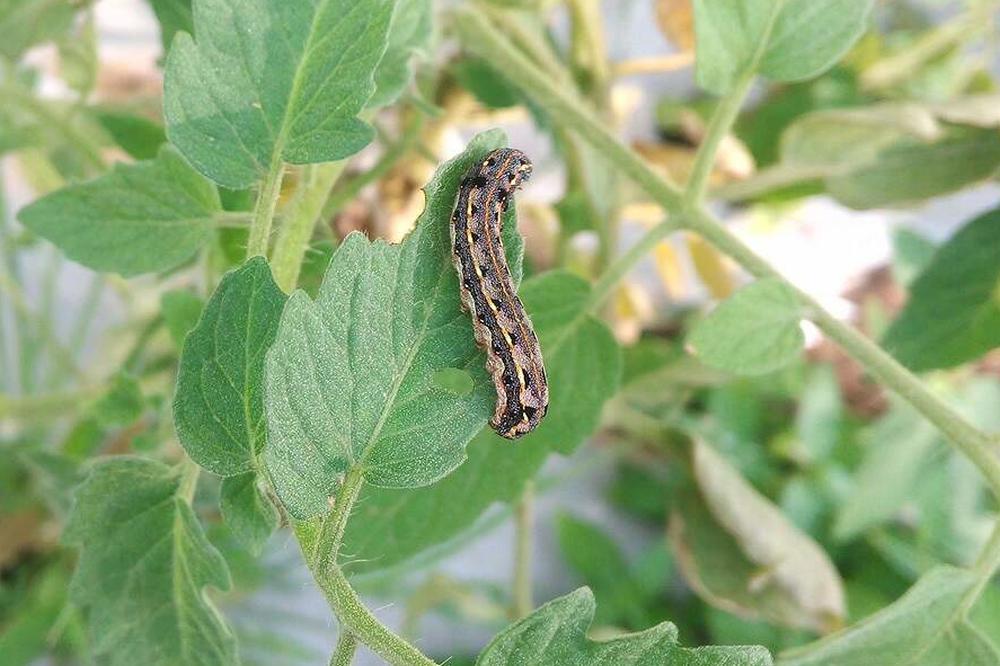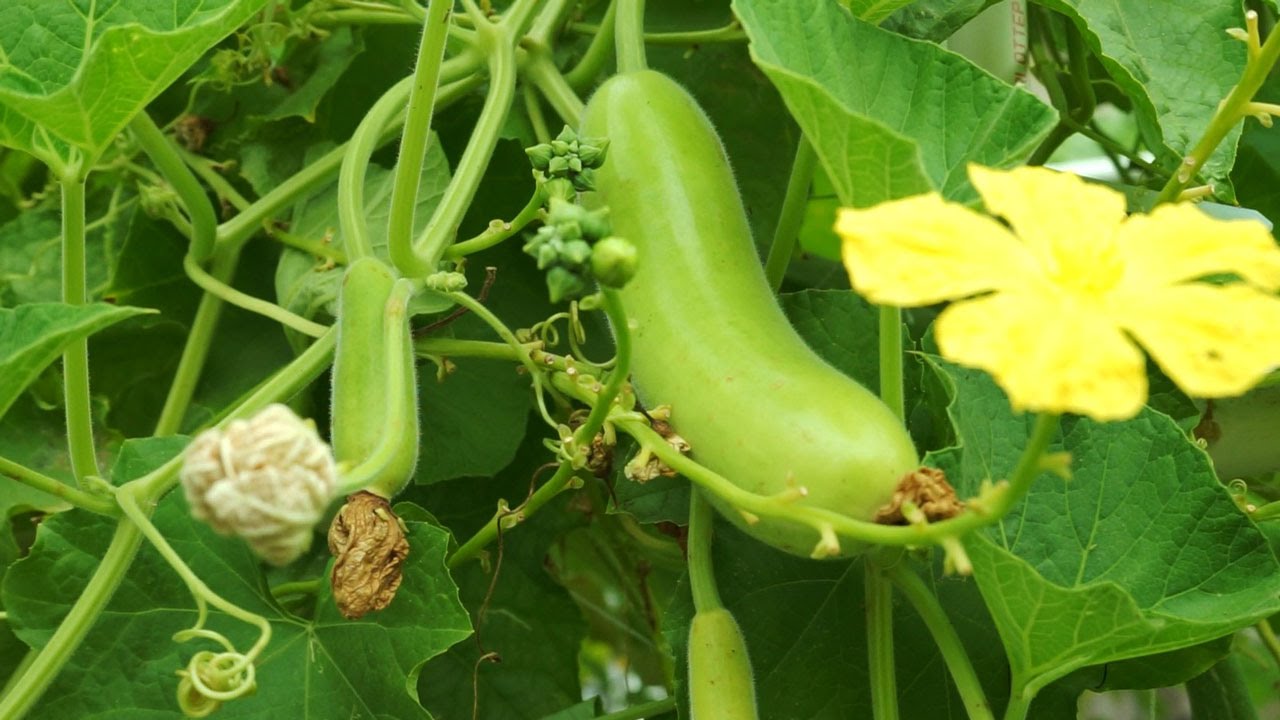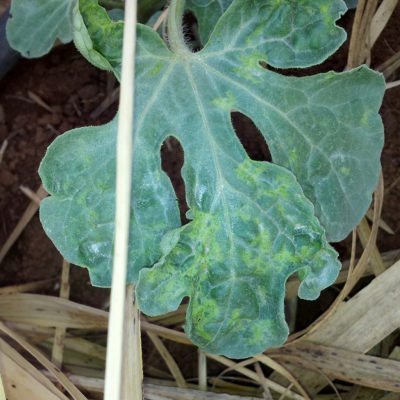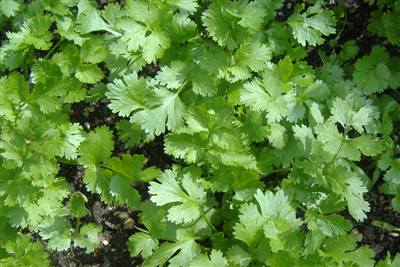- Initially, the plants show temporary wilting symptoms which become permanent and progressive.
- The leaves of the affected plants show yellowing, loose turgidity and show drooping symptoms.
- Eventually, the plants die.
- Cutting the base of the stem revel a dark woody portion.
- Continuous cultivation of okra on the same piece of land should be avoided.
- Crop rotation should be applied in case of fields are severely infected.
- Spray of thiophanate methyl 70% WP @ 200-300 gm /acre.
- And spray of hexaconazole 5% EC @ 250-400 ml/acre is also effective.
Like and share with other farmers by clicking on button below.
Share


